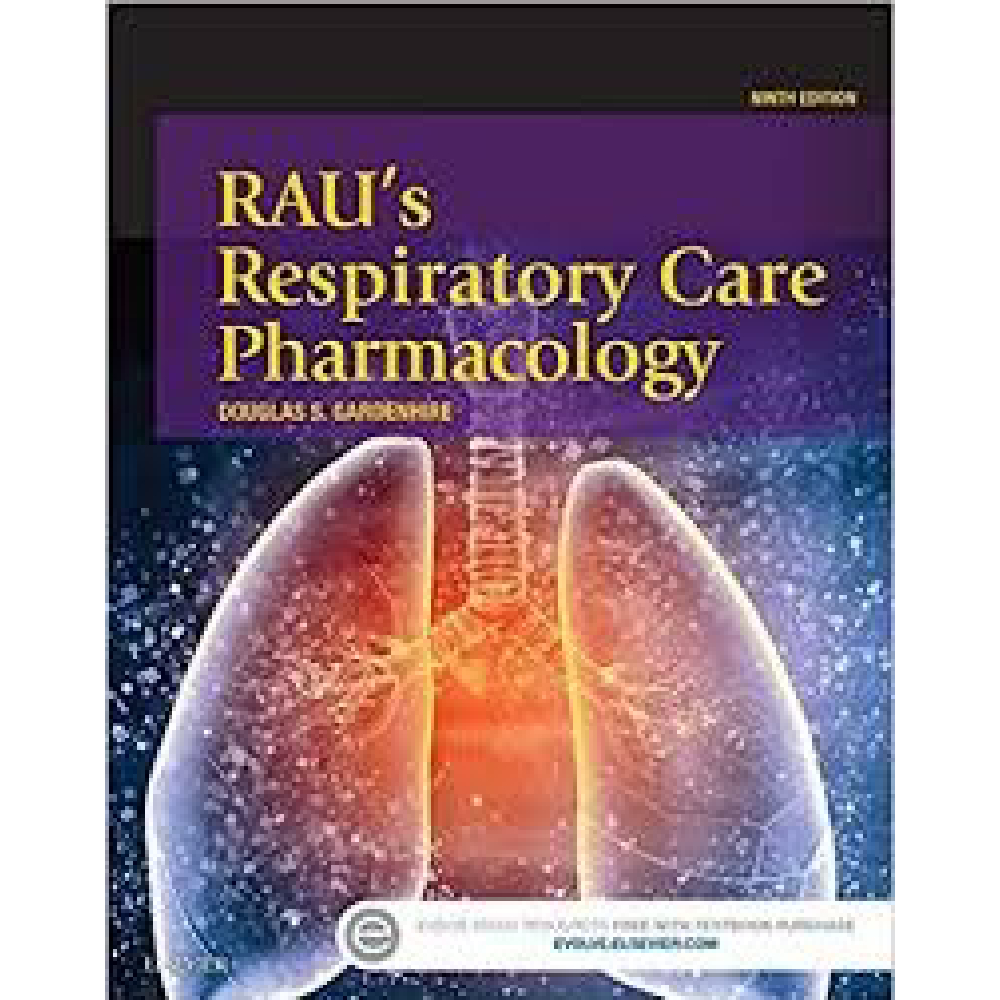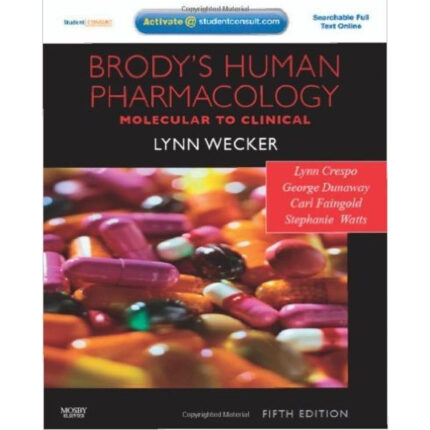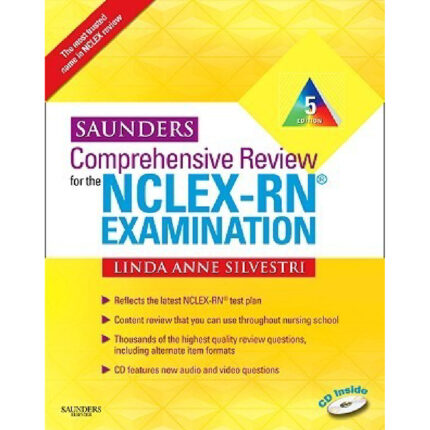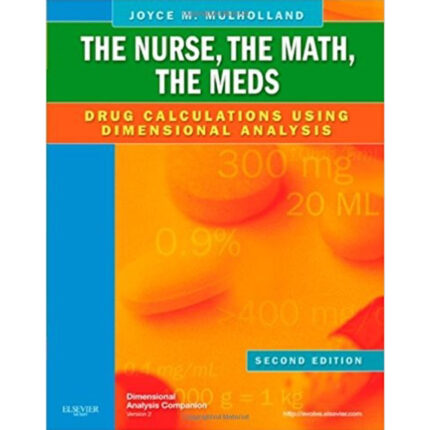Raus Respiratory Care Pharmacology 9th Edition By Gardenhire – Test Bank
Chapter 11: Corticosteroids in Respiratory Care
Gardenhire: Rau’s Respiratory Care Pharmacology, 9th Edition
MULTIPLE CHOICE
1. A significant side effect of corticosteroid use is inhibition of
a. IgE.
b. PDE.
c. HPA axis.
d. SRS-A.
ANS: C
When the body produces endogenous glucocorticoids, there is a normal feedback mechanism within the hypothalamic-pituitary–adrenal (HPA) axis to limit production. As glucocorticoid levels increase, the release of corticotropin-releasing factor (CRF) and adrenocorticotropic hormone (ACTH) is inhibited, and further adrenal production is stopped. Because the body cannot distinguish between its own endogenous glucocorticoids and exogenous glucocorticoid drugs, steroid administration can inhibit the hypothalamus and pituitary glands, decreasing adrenal production. Immunoglobulin E (IgE), phosphodiesterase (PDE), and slow-reacting substance of anaphylaxis (SRS-A) are not involved in this process.
REF: p. 184
2. Which of the following is produced in the hypothalamus?
a. Glucocorticoids
b. Corticotropin-releasing factor
c. Mineralocorticoids
d. Sex hormones
ANS: B
Three types of corticosteroid hormones are produced by the adrenal cortex: glucocorticoids, mineralocorticoids, and sex hormones. Corticotropin-releasing factor (CRF) is released from the hypothalamus.
REF: p. 184
3. Corticosteroids normally produced by the body are known as
a. endogenous.
b. exogenous.
c. extrinsic.
d. intrinsic.
ANS: A
Endogenous corticosteroids are produced inside the human body, whereas exogenous corticosteroids are produced outside the body.
REF: p. 184
4. Which of the following are examples of steroids or steroid combinations available for inhalation?
1. AeroSpan
2. Flovent
3. Qvar
4. Advair
a. 1, 2, and 3 only
b. 1 and 2 only
c. 2 and 3 only
d. 1, 2, 3, and 4
ANS: D
Brand names of corticosteroids available by aerosol for oral inhalation include Qvar, AeroSpan, Asmanex, Flovent, Pulmicort, and Advair. Interleukins are cytokines released by the human body.
REF: p. 185
5. The rise and fall of levels of glucocorticoids in the body follow what kind of rhythm?
a. Weekly
b. Monthly
c. Circadian
d. No set rhythm
ANS: C
The production of the body’s own glucocorticoids follows a rhythmic cycle, termed a diurnal or circadian rhythm.
REF: p. 187
6. The inflammatory process includes which of the following activities?
1. Mediator cascade
2. Increased vascular permeability
3. Leukocytic infiltration
4. Phagocytosis
a. 1 and 2 only
b. 2 and 3 only
c. 1, 2, and 4 only
d. 1, 2, 3, and 4
ANS: D
The process of inflammation is caused by the following four major categories of activity:
1. Mediator cascade
2. Increased vascular permeability
3. Leukocytic infiltration
4. Phagocytosis
REF: p. 188
7. The major cells responsible for an inflammatory response in asthma are
a. macrophages and mast cells.
b. mast cells and eosinophils.
c. T lymphocytes and macrophages.
d. basophils and SRS-A.
ANS: B
Mast cells and eosinophils are considered the major effector cells of the inflammatory response, regardless of whether asthma is allergic or nonallergic.
REF: p. 188
8. The early phase of an asthmatic reaction occurs during what time frame?
a. 15 minutes to 1 hour
b. 2–4 hours
c. 6–8 hours
d. 24 hours
ANS: A
The early-phase reaction, during which IgE-dependent activation of mast cells releases inflammatory mediators such as histamine, prostaglandin D2, and leukotriene C4, peaks at about 15 minutes and then declines over the next hour.
REF: p. 189
9. The product combining an inhaled steroid and a bronchodilator is
a. dulera.
b. flovent.
c. fluticasone.
d. qvar.
ANS: A
Dulera is the corticosteroid Mometasone furoate and the LABA formoterol fumarate HFA. Flovent is the corticosteroid fluticasone propionate. Fluticasone is a corticosteroid. Qvar is the corticosteroid beclomethasone dipropionate.
REF: p. 185
10. Side effects of systemic steroid treatment include which of the following?
1. HPA suppression
2. Cough
3. Dysphonia
4. Psychiatric reactions
a. 1 and 4 only
b. 2 and 3 only
c. 1, 2, and 3 only
d. 1, 2, 3, and 4
ANS: A
Side effects of systemic steroid treatment include suppression of the hypothalamic-pituitary–adrenal (HPA) axis, leading to inhibition of adrenocorticotropin hormone (ACTH) release and cortisol secretion from the adrenal gland. Psychiatric reactions include insomnia, mood changes, and manic-depressive or schizophrenic psychoses. Dysphonia and cough are possible side effects of the administration of aerosolized corticosteroids.
REF: p. 195













Reviews
There are no reviews yet.